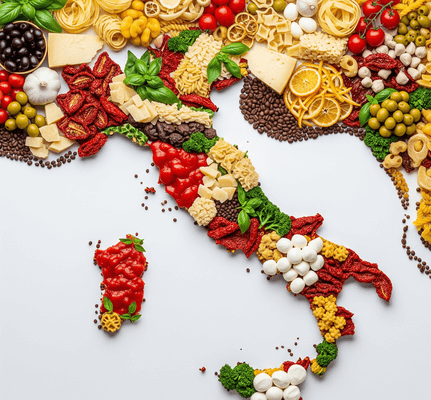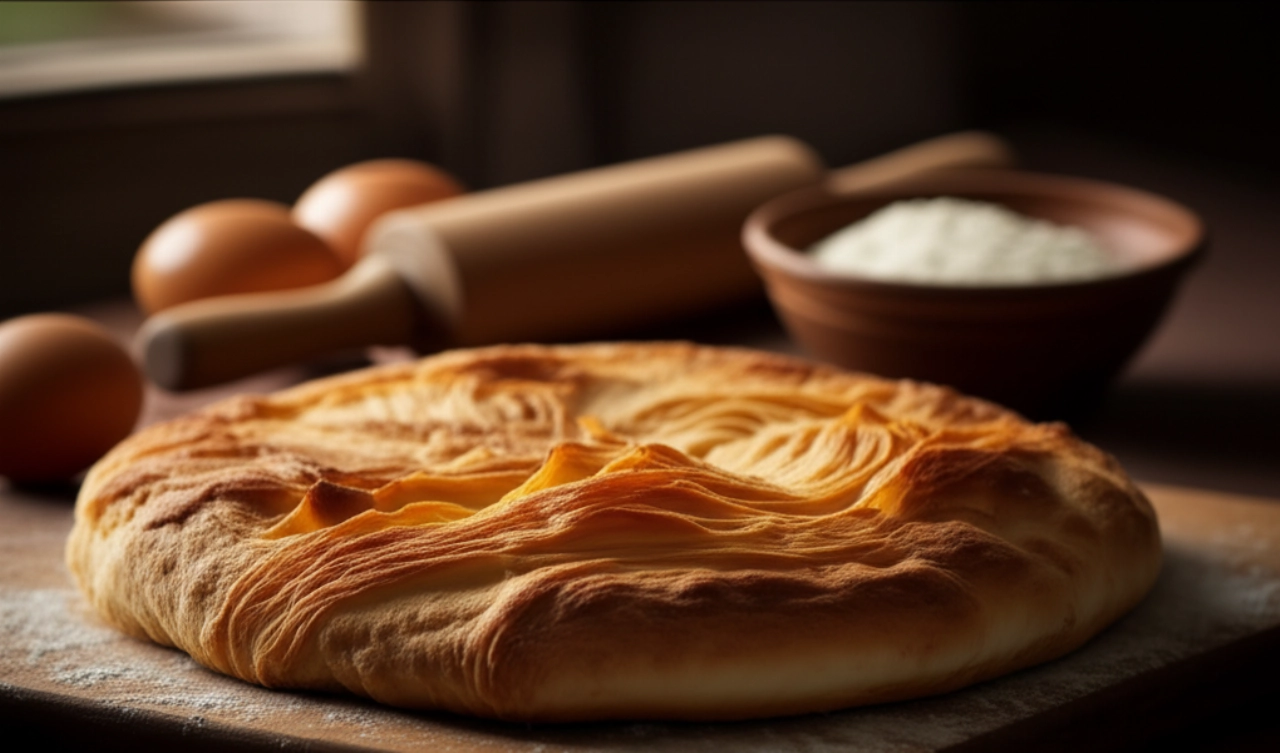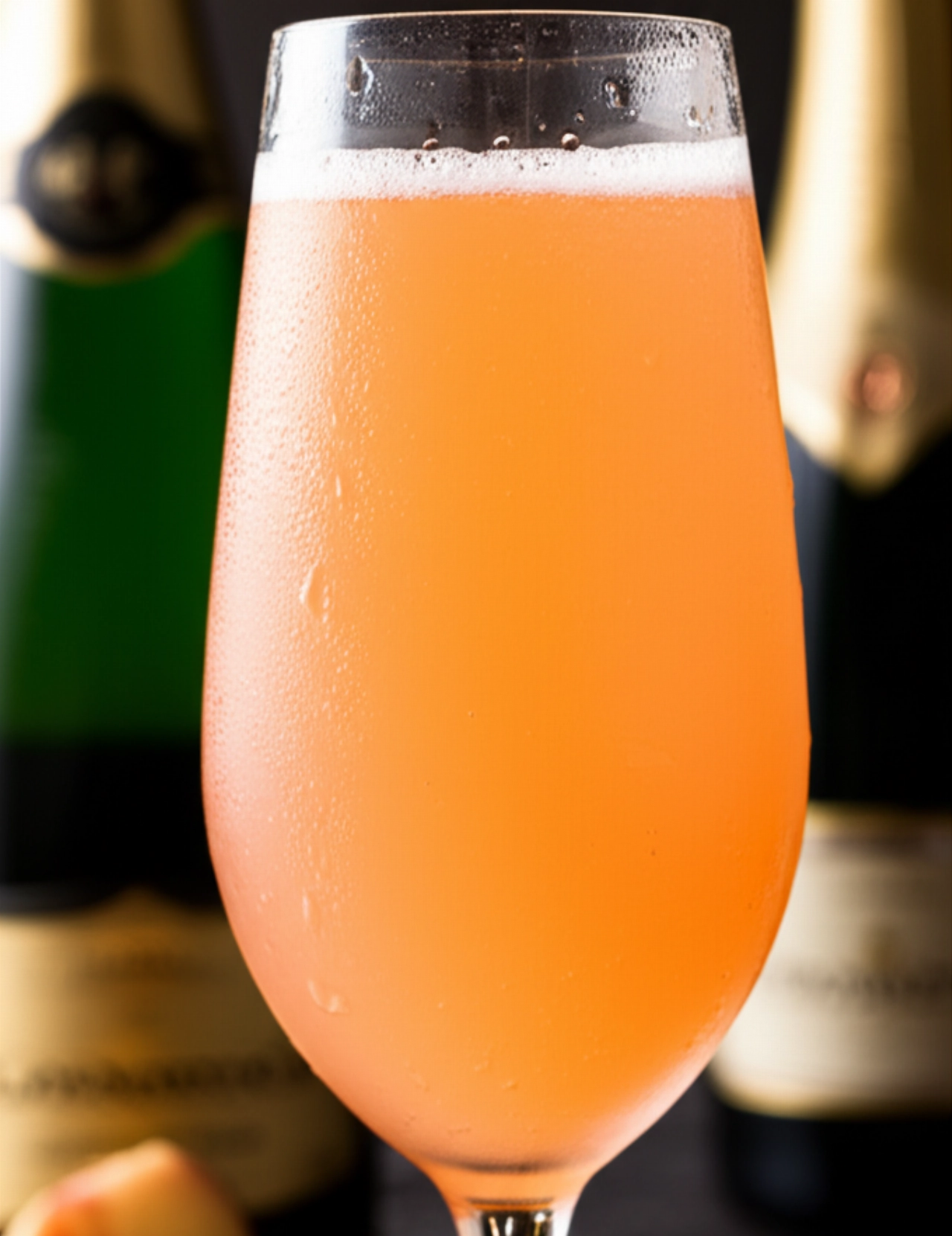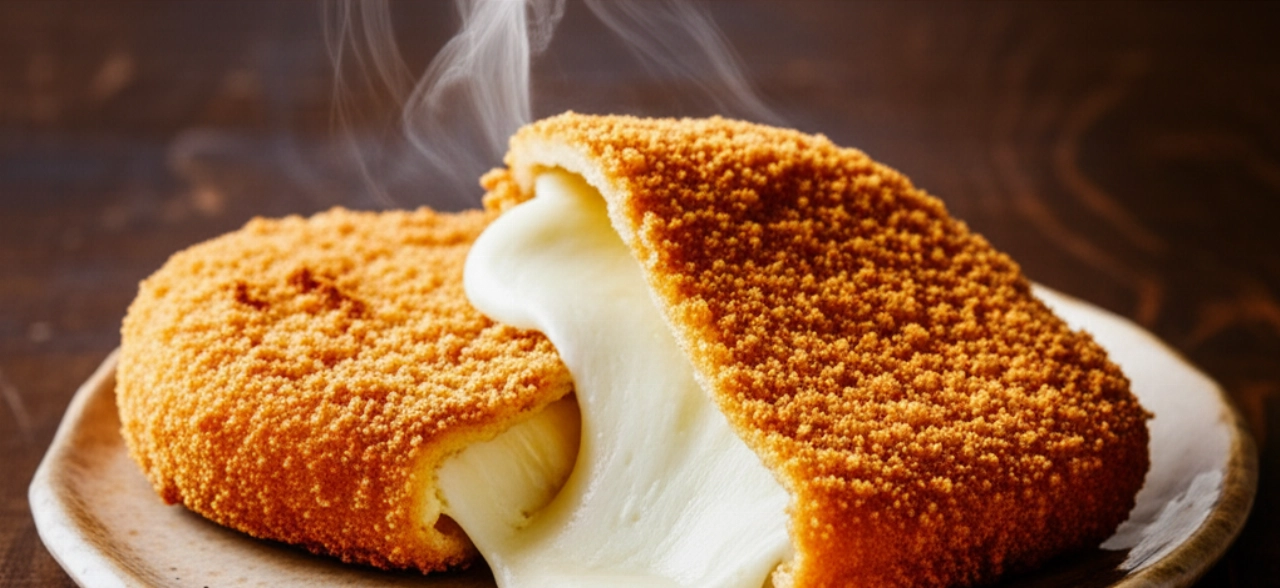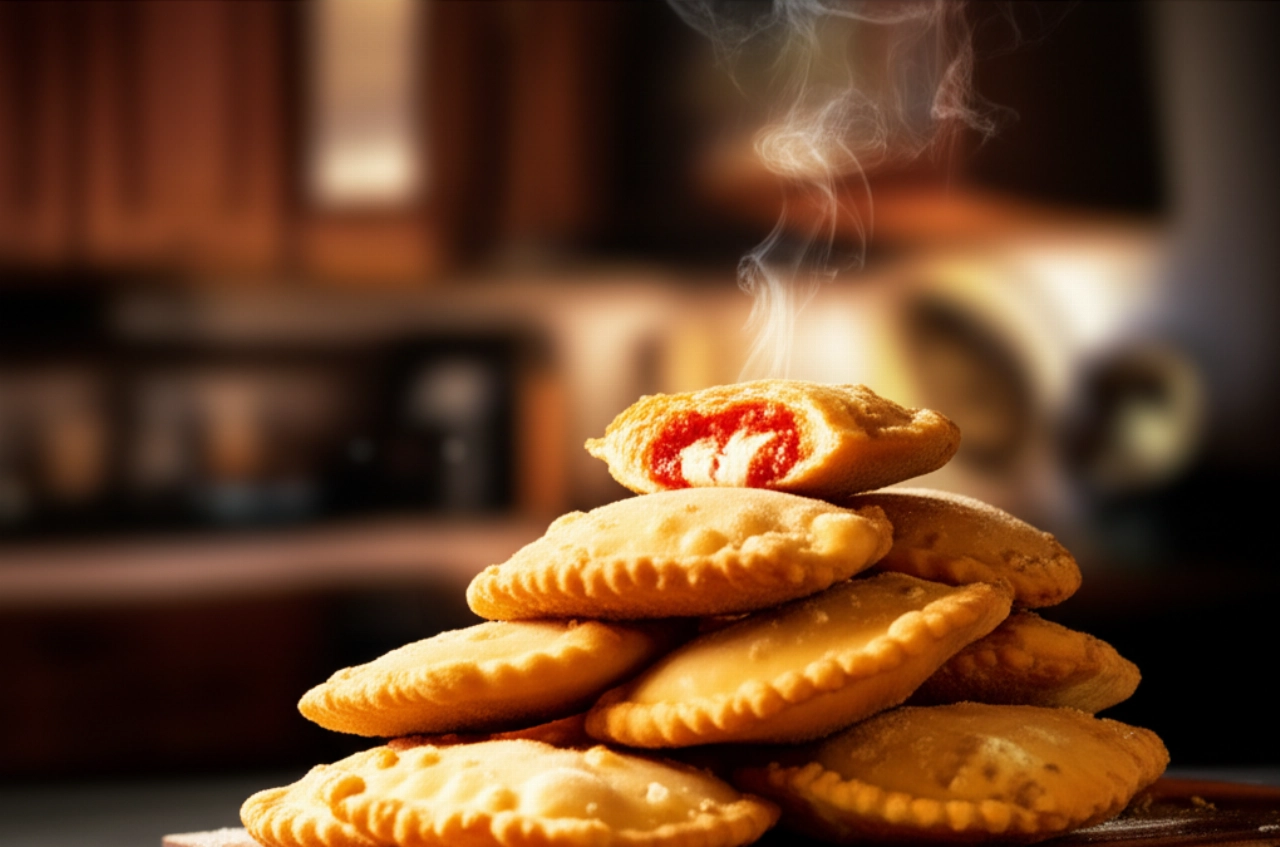There's a scent that speaks of mountains, tradition, and family evenings around a laden table. A scent that envelops you and takes you straight to the heart of Valtellina: that of Pizzoccheri. But how many times have you tried to make them, and the result wasn't what you hoped for? Soggy Pizzoccheri, a disjointed sauce, a taste that wasn't the authentic one you remember or dream of. Finding the right recipe, one that guarantees success, seems like a challenge.
Make yourself comfortable, because your search ends here. On this page, you won't just find a list of ingredients, but the definitive guide, full of tips and tricks, to prepare authentic Valtellina Pizzoccheri. I'll guide you step by step, revealing secrets that only those who live cooking with passion can know. Success is guaranteed, and the taste... just like home!

The Strategic Corner: Guaranteed Authenticity and the Perfect Consistency of True Pizzoccheri
No more doubts about authenticity! The promise of this recipe is clear: I'll guide you step by step to achieve authentic Valtellina Pizzoccheri, with the right pasta consistency and the perfect balance of flavors, just as tradition dictates and as grandma used to make them. Success is guaranteed here, from the first to the last bite. Forget the 'mushy' effect or pasta that breaks apart: you'll get a dish that's a true ode to mountain cuisine, robust yet delicate, and incredibly satisfying.

Smart Ingredients for Authentic Pizzoccheri: The Choice That Makes the Difference
For such an iconic dish, ingredient quality is essential. It's not just a list, but a thoughtful selection to guarantee maximum flavor and success.
- Buckwheat flour (200g): This is the base, giving the unmistakable dark color and the rustic, slightly bitter taste typical of Pizzoccheri. Don't skimp on quality; choose wholemeal flour if possible.
- "00" white flour (50g): Added in a small amount, it helps give the dough the right elasticity and prevents the Pizzoccheri from falling apart during cooking. It's your ally for perfect consistency.
- Lukewarm water (approx. 100-120ml): Add gradually until you get a smooth, compact dough. The lukewarm temperature helps work the flours better.
- Potatoes (200g): Cut into small pieces, they cook together with the Pizzoccheri and help make the dish creamier and more substantial. Choose yellow-fleshed potatoes that hold their shape well during cooking.
- Savoy cabbage or Swiss chard (200g): The quintessential mountain vegetables. Savoy cabbage, with its distinct flavor, pairs divinely. If you can't find it, Swiss chard is an excellent alternative.
- High-quality butter (80-100g): This is the heart of the seasoning, what binds all the flavors together. Choose fresh butter, from a mountain pasture if possible; it will make all the difference.
- Casera DOP cheese (150g): Indispensable! This typical Valtellina cheese, semi-fat and medium-aged, melts perfectly and gives Pizzoccheri their authentic and unmistakable flavor.
- Grana Padano or Parmigiano Reggiano (50g): To be added grated, for a touch of savoriness and to help with the final creaminess.
- Garlic (1-2 cloves): To flavor the melted butter. You can leave it whole and remove it before seasoning, or finely chop it for a more intense flavor.
- Fresh sage (a few leaves): The aromatic touch that completes the butter. Its herbaceous notes pair perfectly with buckwheat and cheese.
- Coarse salt: For the cooking water.
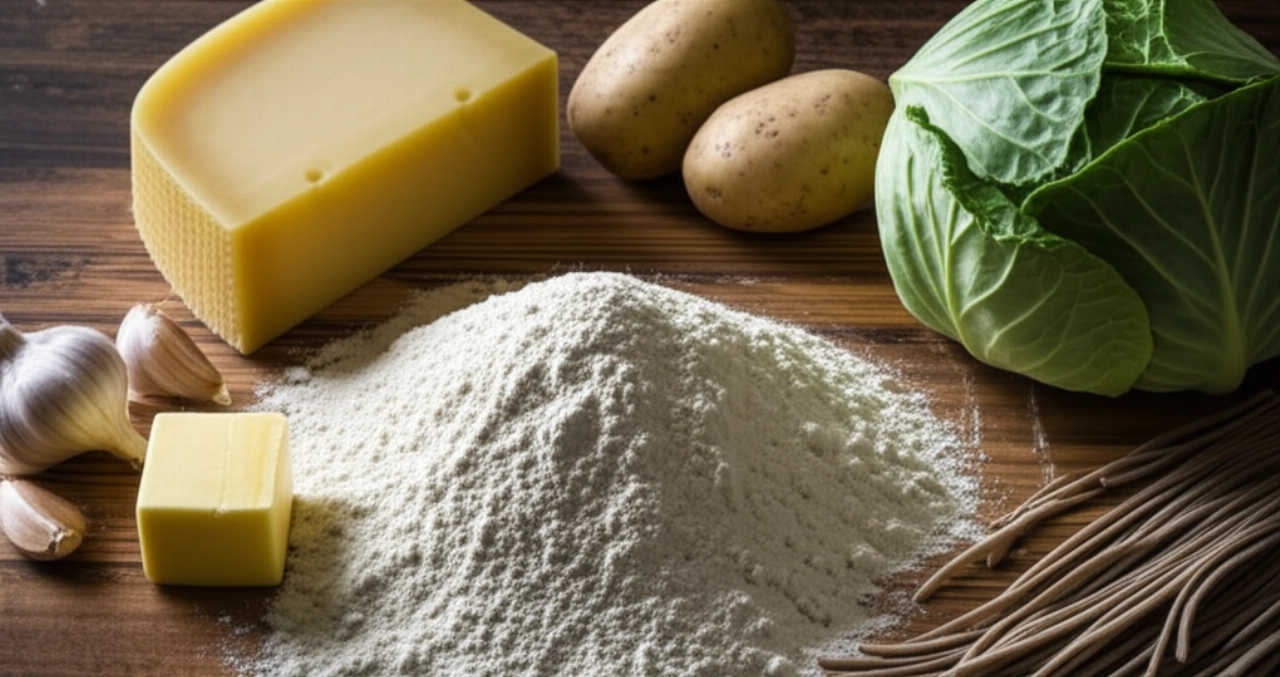
The 3 Common Mistakes in Preparing Pizzoccheri (and How to Avoid Them)
As a true guardian of the kitchen, I'll reveal the most common pitfalls, those that can ruin your masterpiece. Learning from mistakes is the first step towards success!
- Not respecting the flour proportions: If you use too much buckwheat, the dough will be difficult to work with, and the Pizzoccheri will break. If you use too little, they will lose their characteristic flavor and rustic consistency. The 2:1 ratio (buckwheat:white) is key.
- Overcooking the vegetables or pasta: Potatoes and savoy cabbage should be tender but not mushy. Pizzoccheri, moreover, cook in just a few minutes and should remain al dente. An overcooked Pizzocchero is a sad Pizzocchero!
- Not properly emulsifying the sauce: The melted butter with garlic and sage must embrace every single Pizzocchero and melt the cheese. If you don't mix decisively and quickly, the cheese won't blend well, and the dish will be disjointed.
Grandma's Secret: The Magic Touch for Unforgettable Pizzoccheri
My grandmother, who was a true kitchen wizard, always said: “The secret isn't just in the ingredients, but in the butter that sings.” She meant that the butter should be sautéed with garlic and sage until it becomes golden and incredibly fragrant, but without burning. That's the moment it releases all its aroma and envelops the Pizzoccheri in a flavorful embrace. Don't rush this step; this is where the magic happens, the aroma that will fill your kitchen and anticipate the pleasure of the first bite.
Let's Prepare Authentic Valtellina Pizzoccheri Together: The Step-by-Step Guide
It's time to get your hands dirty! Follow each step carefully, and you'll see it's easier than you think.
- Prepare the dough: On a pastry board, combine the two flours and form a well in the center. Gradually add the lukewarm water, kneading with your hands until you get a smooth and homogeneous ball of dough. Don't overwork it, just enough time for it to come together. Cover it with a damp cloth and let it rest for at least 30 minutes at room temperature. This step is essential to make the dough elastic and easy to roll out.
- Roll and cut the pasta: Take the dough again and roll it out with a rolling pin on a lightly floured pastry board, until you get a sheet about 2-3 mm thick. It shouldn't be too thin, otherwise the Pizzoccheri will break. With a sharp knife or a pastry wheel, cut the sheet into strips about 7-8 cm wide, then cut these into smaller strips about 1 cm wide and 3-4 cm long. Lightly flour them to prevent sticking.
- Prepare the vegetables: Peel the potatoes and cut them into pieces about 1-2 cm. Clean the savoy cabbage (or Swiss chard) and cut it into strips.
- Cook: Bring plenty of salted water to a boil in a large pot. When it's boiling vigorously, add the potatoes first. After 5 minutes, add the savoy cabbage (or Swiss chard). Let them cook for another 5 minutes, then add the Pizzoccheri. Stir gently and cook for about 2-3 minutes, or until they float to the surface and are al dente.
- Prepare the sauce: While the Pizzoccheri are cooking, in a large pan (ideal for emulsifying), melt the butter over medium-low heat. Add the garlic cloves (whole or chopped) and sage leaves. Let the butter infuse and become slightly golden and incredibly fragrant, but without burning.
- Emulsify: With a slotted spoon, drain the Pizzoccheri and vegetables directly into the pan with the melted butter, without draining them too much; a little cooking water will help create the creamy sauce. Remove the garlic. Immediately add the Casera cheese in flakes or cubes and the grated Grana/Parmigiano. Stir vigorously and decisively, from bottom to top, to melt the cheese and create an enveloping creamy sauce that binds all the ingredients. Serve immediately, piping hot!
Tips and Frequently Asked Questions about Pizzoccheri
Here are some of the questions I'm asked most often. I hope they're useful for clearing up any doubts!
Can I use only buckwheat flour?
Technically yes, but I advise against it. Pizzoccheri made only with buckwheat flour tend to break more easily and have a less pleasant consistency. The small addition of "00" white flour is essential to provide elasticity and ensure your Pizzoccheri hold their shape perfectly during cooking.
What's the best cheese if I can't find Casera DOP?
Casera is truly the soul of Pizzoccheri, but if you absolutely can't find it, you can opt for a semi-fat, soft-paste cheese that melts well, like a Fontina Valdostana or a Branzi. The important thing is that it's a flavorful but not too aged cheese, one that melts well and doesn't become stringy.
Can I prepare the dough in advance?
Yes, you can prepare the dough a few hours in advance. After kneading it, wrap it tightly in plastic wrap and store it in the refrigerator. Before rolling it out, let it return to room temperature for about 30 minutes; it will be easier to work with.
How can I store leftover Pizzoccheri?
Pizzoccheri are a dish best enjoyed freshly made. If you have leftovers, you can store them in an airtight container in the refrigerator for a maximum of 1-2 days. To reheat them, I recommend doing so gently in a pan with a drizzle of butter, adding a tablespoon of hot water to revive the creaminess. Don't expect the same consistency as the freshly emulsified dish, but they will still be delicious.
Why do my Pizzoccheri break during cooking?
There are two main reasons: either the dough is too soft (you added too much water or too little white flour), or you rolled them out too thinly. Make sure to follow the indicated proportions and not to roll the sheet thinner than 2-3 mm. Stirring them too vigorously right after adding them to the water can also contribute to them breaking.
A Flavorful Hug That Feels Like Home
There you have it! Now you don't just have a recipe, but all the secrets to bring authentic Valtellina Pizzoccheri to your table, a dish that tastes of home, tradition, and love. A masterpiece of mountain cuisine that will win everyone over with its authentic flavor and perfect consistency.
Don't be afraid to challenge yourself. Cooking is an act of creativity and a way to care for those you love. But start with this solid foundation, and you'll see that applause won't be lacking. Every bite will be a journey to Valtellina, a warm hug that warms your heart.
Have you tried our recipe? We're very curious to see your masterpiece! Leave a comment below, tell us how it went, or share a photo on Instagram by tagging @CercaRicette.it. If you loved these Pizzoccheri, you can't miss our recipe for Polenta Taragna, another classic of mountain cuisine, or for a delicious appetizer like Sciatt!
